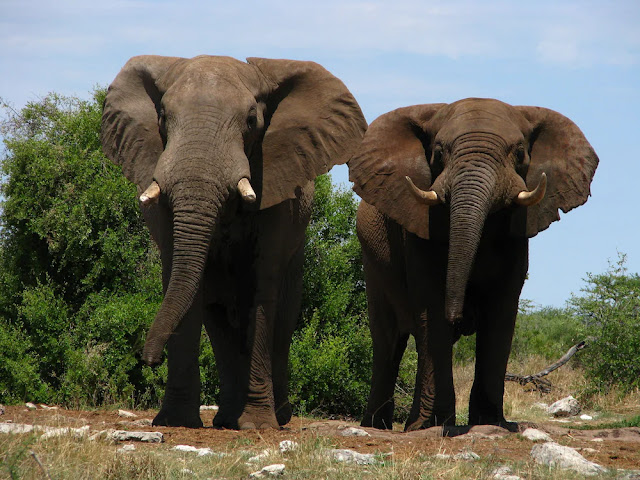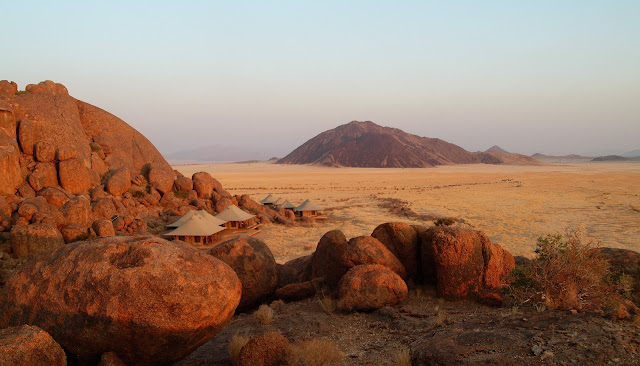Walvis Bay Salt Holdings (PTY) LTD, through its various subsidiaries, is the largest producer of solar sea salt in sub-Saharan Africa.
Walvis Bay Salt Holdings (Pty) Ltd, through its various subsidiaries, is the largest producer of solar sea salt in sub-Saharan Africa. The Company processes 90 million m3 (cubic meter) of seawater per annum to produce in excess of 900 000 tons of high-quality salt per annum. The total operation covers an area of 5000ha.
The Group exports to various countries, including Nigeria, Cameroon, South Africa and Europe.
In addition to producing salt for the chemical industry and other general purposes the Group also produces high quality table salt for the Southern Africa market. Besides South Africa, triple refined sea salt is exported to neighbouring countries, including Angola, Democratic Republic of Congo, Botswana and Zambia, mainly for human consumption.
The salt operation at Walvis Bay Salt Holdings comprises three companies, Salt & Chemicals (Pty) Ltd, Walvis Bay Salt Refiners (Pty) Ltd, and Ekango Salt Refiners (Pty) Ltd.
Salt & Chemicals operates the salt field and produces the raw salt, whilst Walvis Bay Salt Refiners further processes and markets the product internationally. Ekango Salt Refiners produces table salt for various local and international markets.
Established in 1964, the Walvis Bay Salt Holdings Group today is a Namibian registered company, consisting of three subsidiaries.
During 1976 Sentrachem acquired a 50% shareholding in the business. The salt field was also expanded to a total capacity of ± 370kt at that time. Additional evaporation ponds and a new wash plant was also added. In 1988 Sentrachem acquired the remaining 50% shareholding from SWAFIL and the annual production capacity was further increased to 450kt per annum.
In 1999 the Company took a significant step forward in improving its strategic infrastructure by purchasing a loading facility in the Port of Walvis Bay from the then Tsumeb Copper Limited. The capacity of the pans was further expanded in 2000 and 2001 to 600kt per annum.
Further optimization of the business since then resulted in the salt field’s current capacity being in excess of 900 000 tons per annum, dependent on evaporation rates. The business is currently going through exciting times and the new focus is on value addition both locally and internationally.
In the salt industry efficiency of freight and transport are essential for success. The company is focused on optimizing the logistics value chain, including finding the right freight options that can opening up new markets. The company celebrated its 50 years anniversary during 2014. On the back of continuous improvement, the company is looking forward to maintain momentum with regards to future growth, in a sustainable and environmentally responsible way.
Environment
The history of Walvis Bay Salt Refiners involves more than just the capital invested in infrastructure and technology to ensure business success.
The company’s achievements also flow from our passion for continued development of our human capital, ongoing respect for the delicate natural environment and consideration of the interests and well-being of our community in which we operate. The salt production process is intertwined with nature and cannot continue without the following resources:
The land situated in the Kuiseb river delta area, which is a declared Ramsar Wetland of International Importance
The clay silt and sand used for pond embankments, pond walls and roads;
The seawater, the main raw material, is used for the extraction of common salt; and
Sun and wind energy for the evaporation of water to crystallize the sodium chloride.
Although the availability of some resources seems infinite, it instills in the company a deep sense of respect and responsibility for and commitment towards the environment. Walvis Bay Salt Holdings translates this respect and responsibility towards the environment by seeking excellence in environmental management, performance and conformance.






.jpg)
































